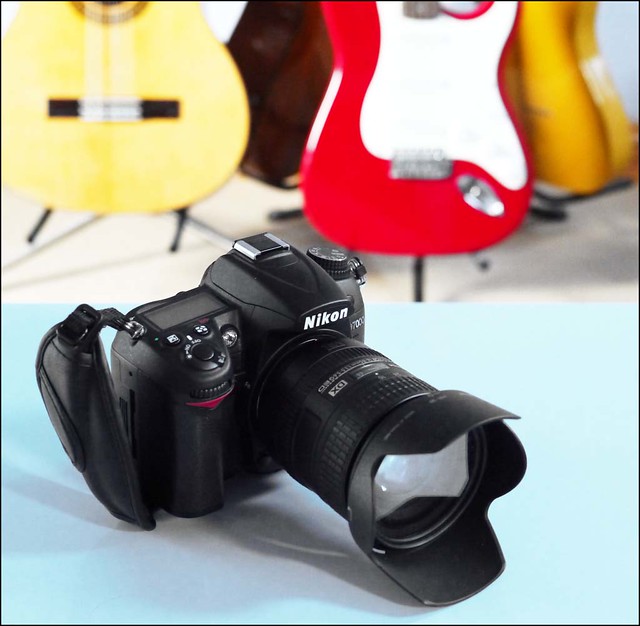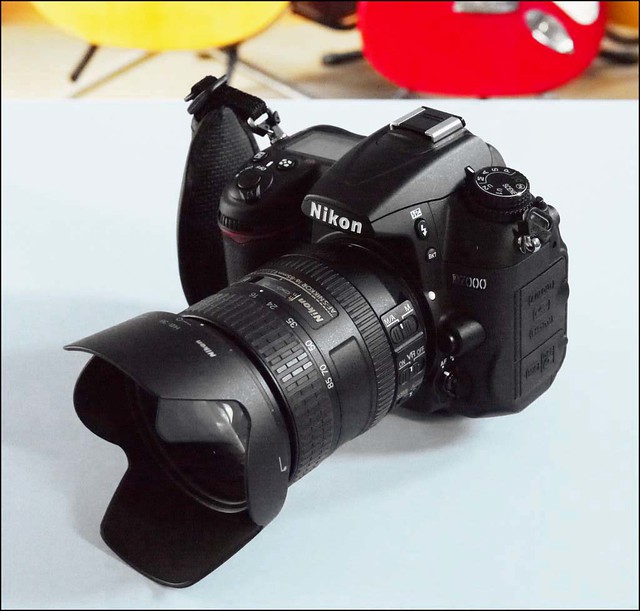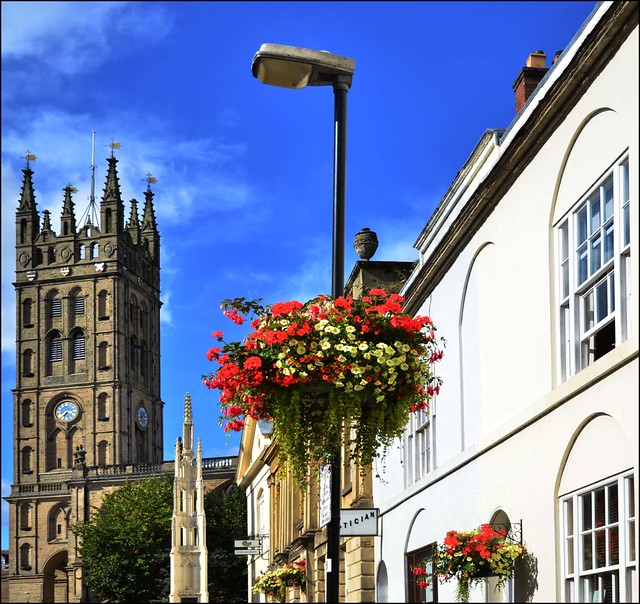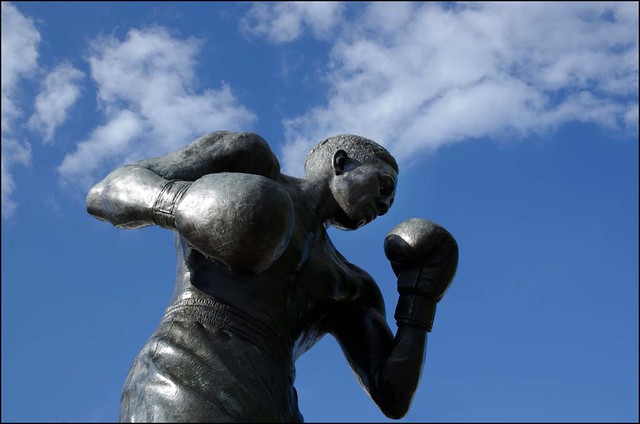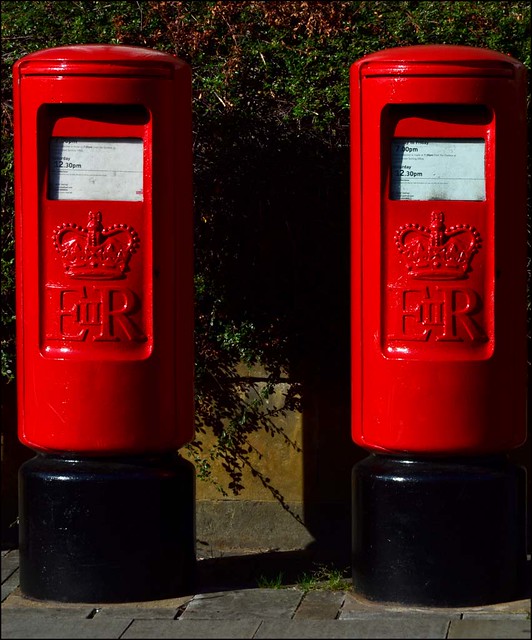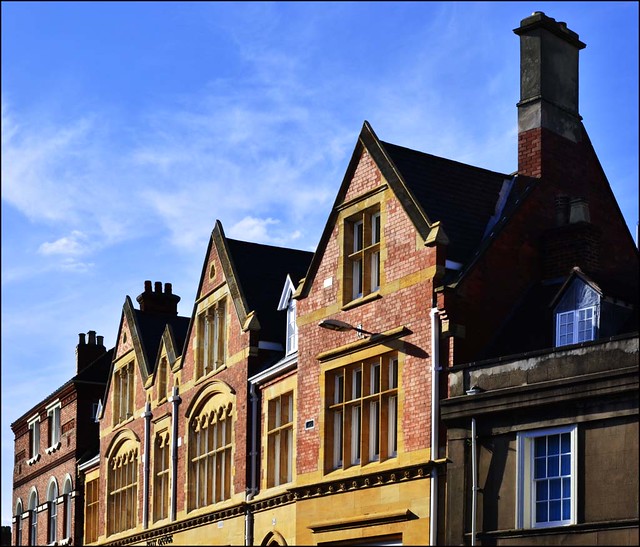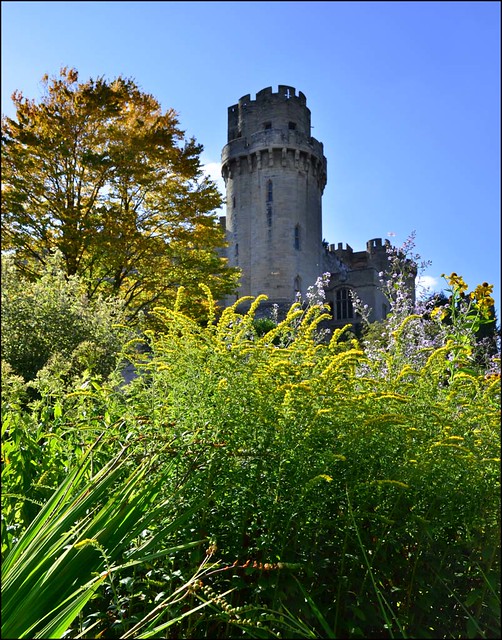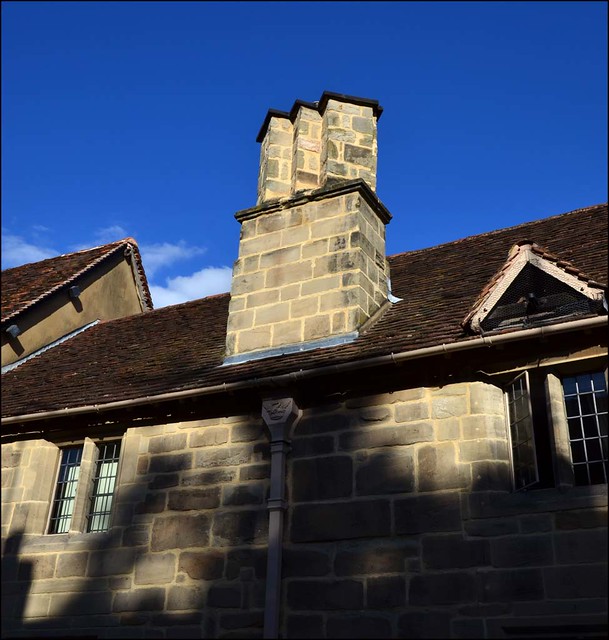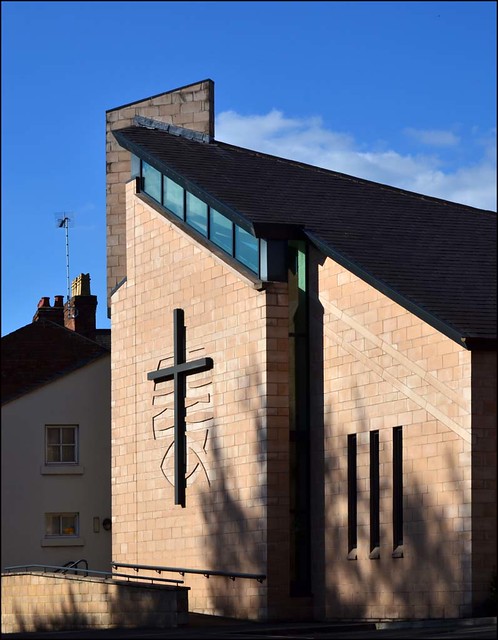Nikon D7000 16-85mm
Nikon D7000 16-85mm
During the last part of my review of the D7000 - http://soundimageplus.blogspot.com/2011/06/d7000-is-nikons-best-dslr-ever-ken_19.html I wrote this:- "In the coming weeks I'll be using it more and writing about what happens." Having done that I'm now in a position to conclude the review.
I'm as fond of small, rangefinder and "rangefinder styled" cameras as anyone. I love using my Leica and m4/3. Manual focus lens and adapters have a fascination for me. I'm keen to promote the idea of lighter, more easily carried gear, that avoids backache. I do tests to prove that these cameras are every bit as good at producing quality images as big heavy and bulky DSLR's.
So why in this post / review do I pose the question "Is the Nikon D7000 the best camera I've ever owned?"
IMAGE QUALITY.
Nikon D7000 16-85mm
To me this is the most important element in any camera. Does it produce high quality images that I can send to clients with confidence? All the people who buy my pictures aren't the slightest bit interested in what camera or lens I use. They want to see high quality files, with rich saturated colour, with no noise or artefacts. They want to see an image that looks good on the printed page or on their website. They don't care whether the camera it was taken on cost £50 or £5000.
Nikon D7000 16-85mm
The image quality from the D7000 is very good indeed. The 16MP Sony sensor that it uses is now in many cameras. The Pentax K-5, Sony a55, a580, NEX-C3, NEX-5n, the Nikon D7000 and D5100. It has low noise at high ISO's, great shadow recovery at low ISO's and rich saturated colour. As far as I'm concerned, at this moment in time, the best APS-C sensor ever.
Are the D7000 images sharp? Well yes they are. Not the sharpest I can produce. Thats reserved for my Leica M9 and m-mount lenses. And yes I can produce slightly sharper files from G3 plus high quality primes and my NEX-C3 plus Voigtlander lenses. But producing images for sale is not all about pixel peeping. The difference between a D7000 file and a Leica M9 file may be noticeable on a computer monitor at 100%, but in terms of reproduction it will be insignificant.
The D7000, in common with many DSLR's, has an anti-aliasing filter. This is primarily designed to reduce moire in images. Its not supposed to reduce luminance and colour noise, but it usually does that as well. A camera manufacturer will attempt to make its higher specified cameras useful in every picture-taking situation. If one of those situations involves taking pictures where moire might occur, then they try to make sure their cameras avoid it. So the D7000 can be used with confidence for fashion shows and photoshoots, weddings and portrait, event and social photography.
Nikon D7000 16-85mm
I use my D7000 mainly for travel, location and landcape photography and it works beautifully for all of those, producing "punchy" images with great colour, well-controlled but realistic contrast and enough resolution and detail to be able to allow large-scale reproduction.
Nikon D7000 16-85mm
HANDLING
This is where many DSLR's still hold an advantage over other smaller cameras. The D7000 is a dream to use. Its fast responsive, well designed and laid out. Its pretty obvious where things are and changing settings isn't the pain and head-scratching puzzle that it can be on other cameras. Its built and designed for speed and ease of use. For the most part, I don't need that. I'm usually working in a situation where I have the time to consider what I'm doing. But not always.
Nikon D7000 16-85mm
Yesterday I was working in the centre of Warwick, a picturesque old town in the English Midlands. It was a lovely sunny Sunday afternoon and there were lots of people about. I was often having to work very quickly, photographing buildings when there was a gap in the traffic or there were no people on the pavement. I needed a zoom to be able to get my composition quickly and accurately. I can often "zoom with my feet" when photographing landscape, but standing in the middle of the road with the amount of traffic that was around yesterday wasn't an option!
The D7000 performed flawlessly. It has very fast AF and a shutter with no discernable lag. It allows me to get the shot easily and with the minimum of effort.
Nikon D7000 16-85mm
NEGATIVES.
No camera is perfect, and the D7000 has a tendency to overexpose at its default settings for my taste. I usually work with spot metering and -.7 exposure compensation dialled in. That avoids highlight problems and with the sensors ability to lift shadow areas with the minimum of noise I find it works well.
And yes it is fairly heavy, particularly when fitted with the 16-85mm zoom I was using yesterday. This is less of a problem now I'm using it with a handgrip. It might seem that doing that would make the camera more of a weight, but I actually find it easier than having the camera on a strap over my shoulder. There's no denying however that I would love it to be half its weight. I appreciate the build quality, but carrying it and walking for a long time can be tiring.
Nikon D7000 16-85mm
Nikon D7000 16-85mm
Nikon D7000 16-85mm
Nikon D7000 16-85mm
CONCLUSION
Cameras are compromises. There isn't a camera made (or probably ever going to be made) that will give me 100% of what I want. However the D7000 is probably the closest I've ever had. Yes, I'd like it to be lighter (Though not necessarily smaller) Yes, I'd like it to have more pixels and yes I'd like a weaker AA filter (Though I'd still like the same low noise and lack of moire)
Ultimately it comes down to what would I choose if I could only have one camera and lens? My answer now would be exactly what I was using yesterday. The Nikon D7000 plus 16-85mm lens would "Get the job done" for 99% of what I do. And it would do it efficiently, quickly and (I'm assuming) reliably. Add in the fact that I have the Nikon lens range to choose from, the fact that it shoots great video and that for its specification its not that expensive and its not hard to see why I can say that, yes, it is the "best" camera that I've ever owned.
I get asked from time to time to recommend cameras and I'm usually quite reluctant to come down definitively in favour of one model or another, but if anyone were to ask me what would be the most suitable camera for someone who has "professional" aspirations, then I would have no hesitation in recommending the D7000. In terms of handling, specification, value for money and most important of all, the quality of images it produces I can't think of anything else that I've used that ticks as many boxes.
Often when I return home after a days photography, I've found something out on location that I don't like or has caused me problems, but the D7000 is refreshingly free of that. I often think when I'm out working with it, "Why do I use anything else?" Its certainly the easiest camera I own to work with, and I do actually enjoy using using it.
Perhaps its greatest virtue is that when I'm out with it, I spend my time thinking about the pictures I'm taking rather than the camera itself. And thats really what its all about.
Nikon D7000 16-85mm
Nikon D7000 16-85mm
Nikon D7000 16-85mm
Nikon D7000 16-85mm
